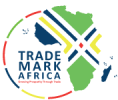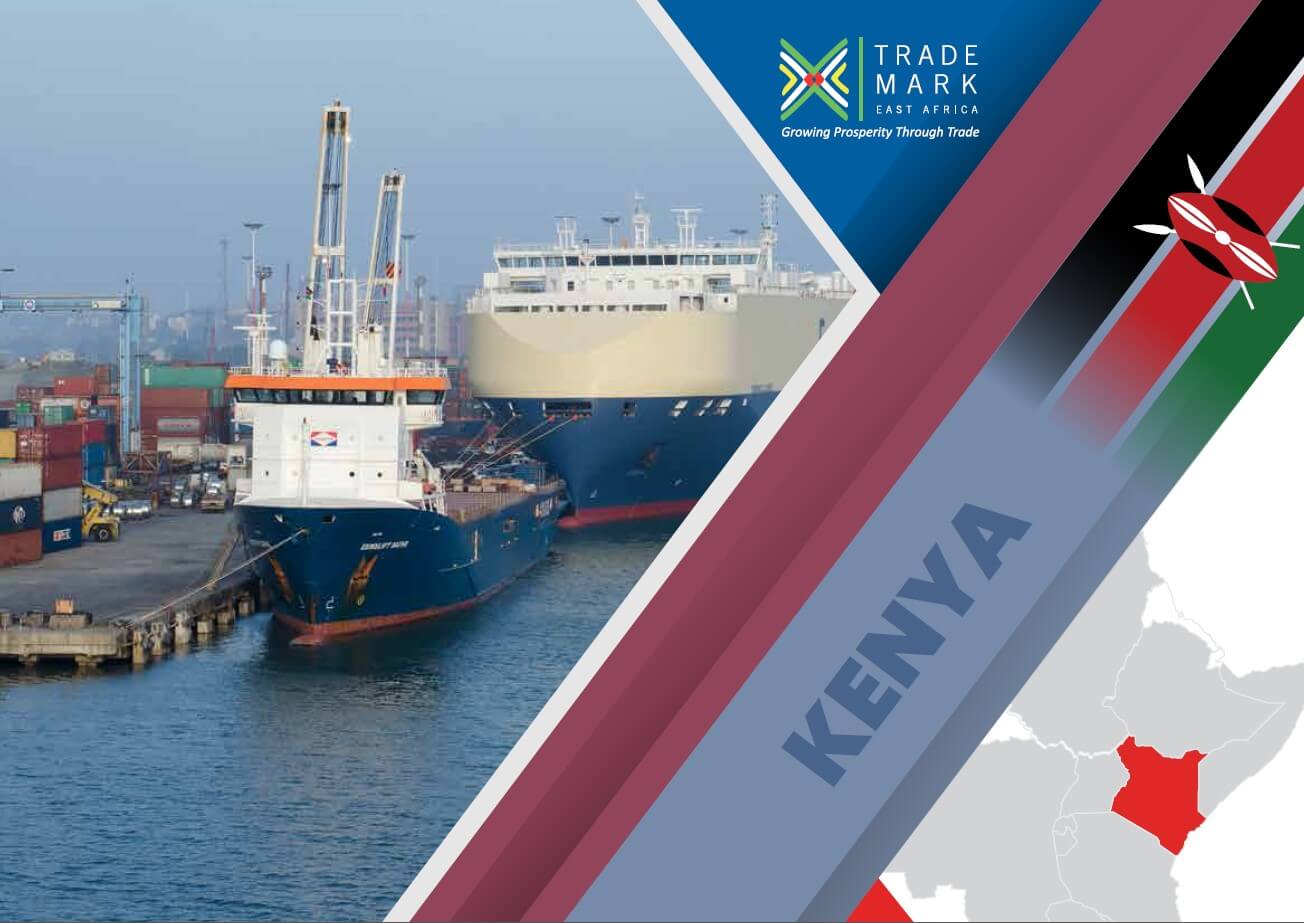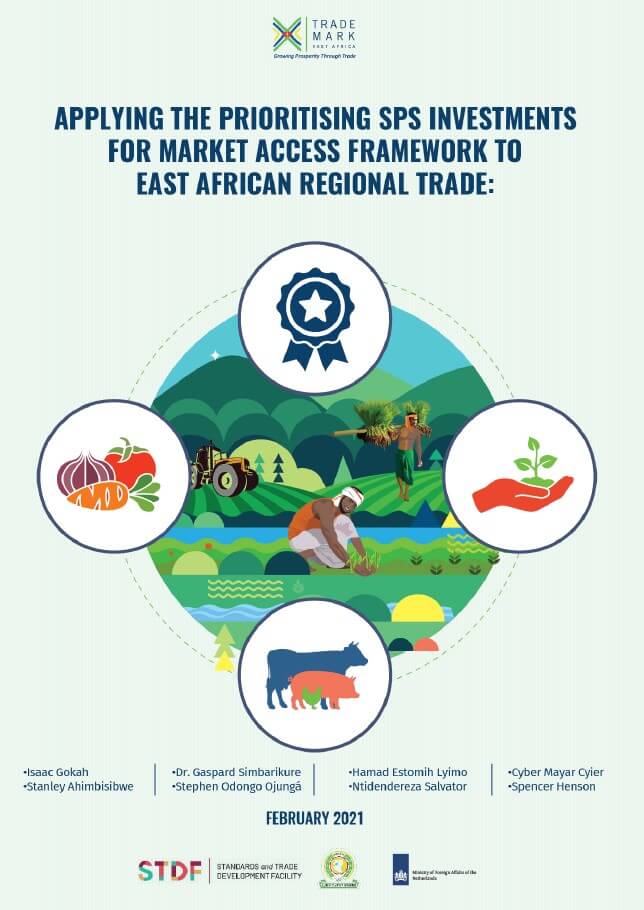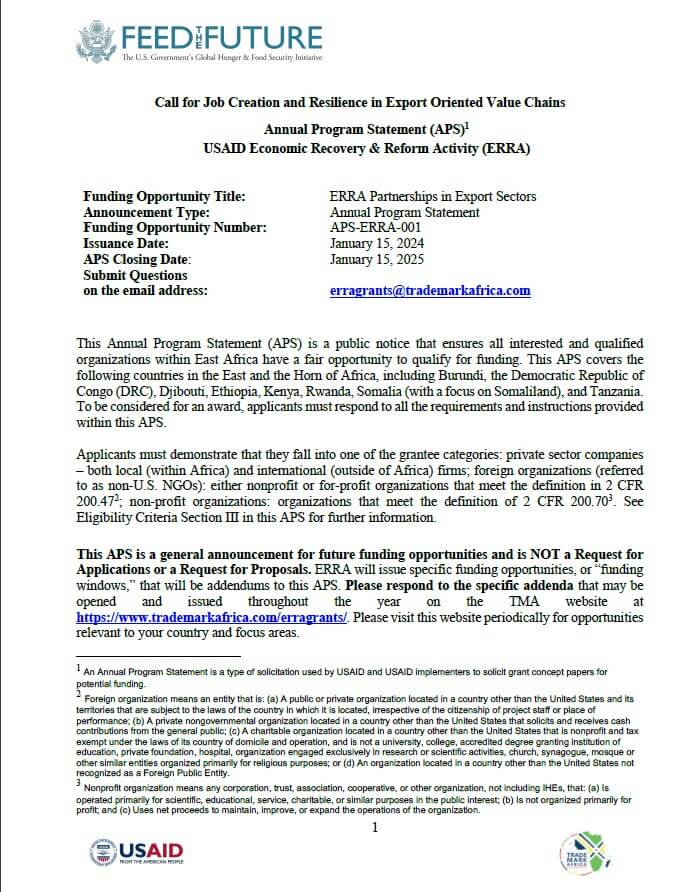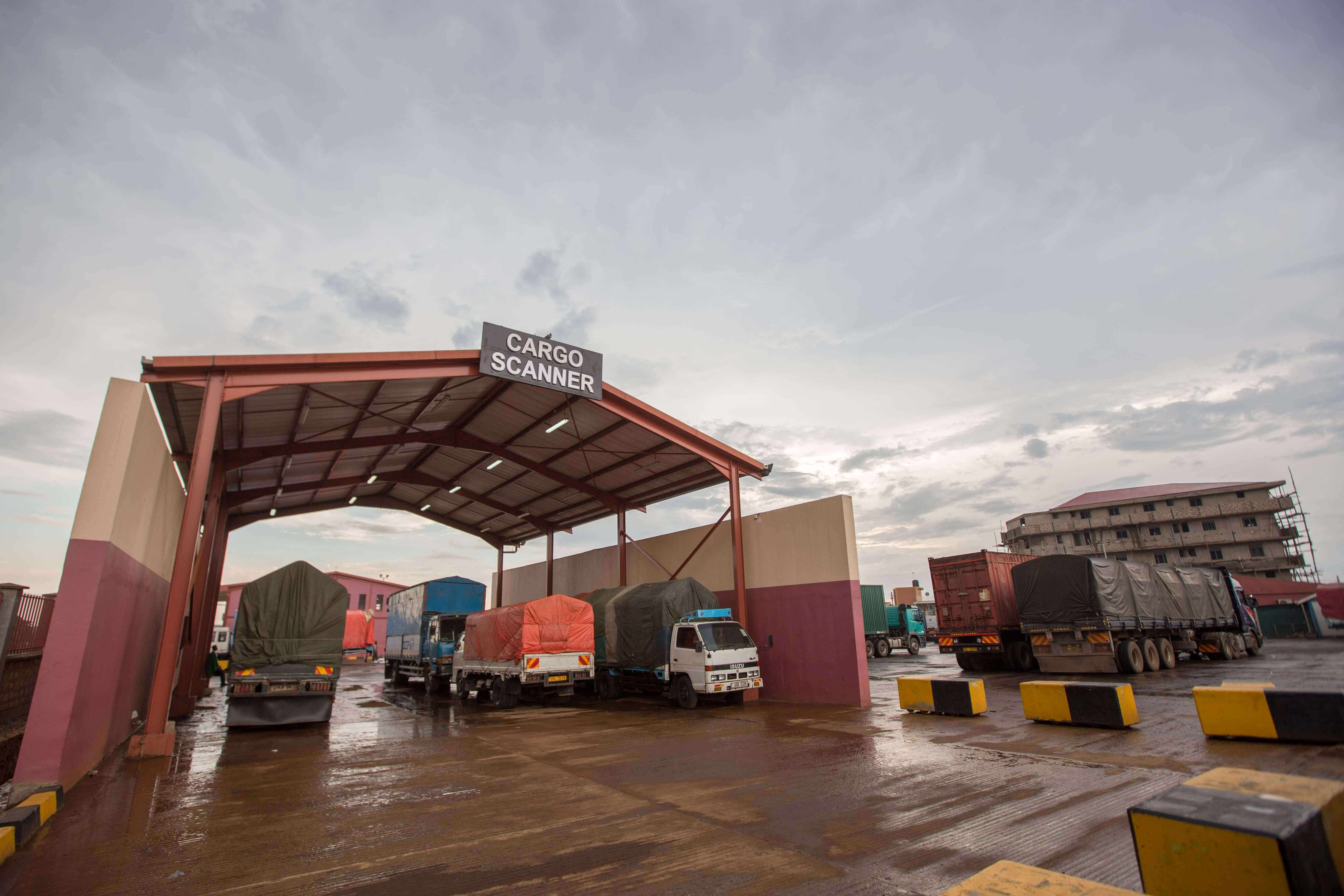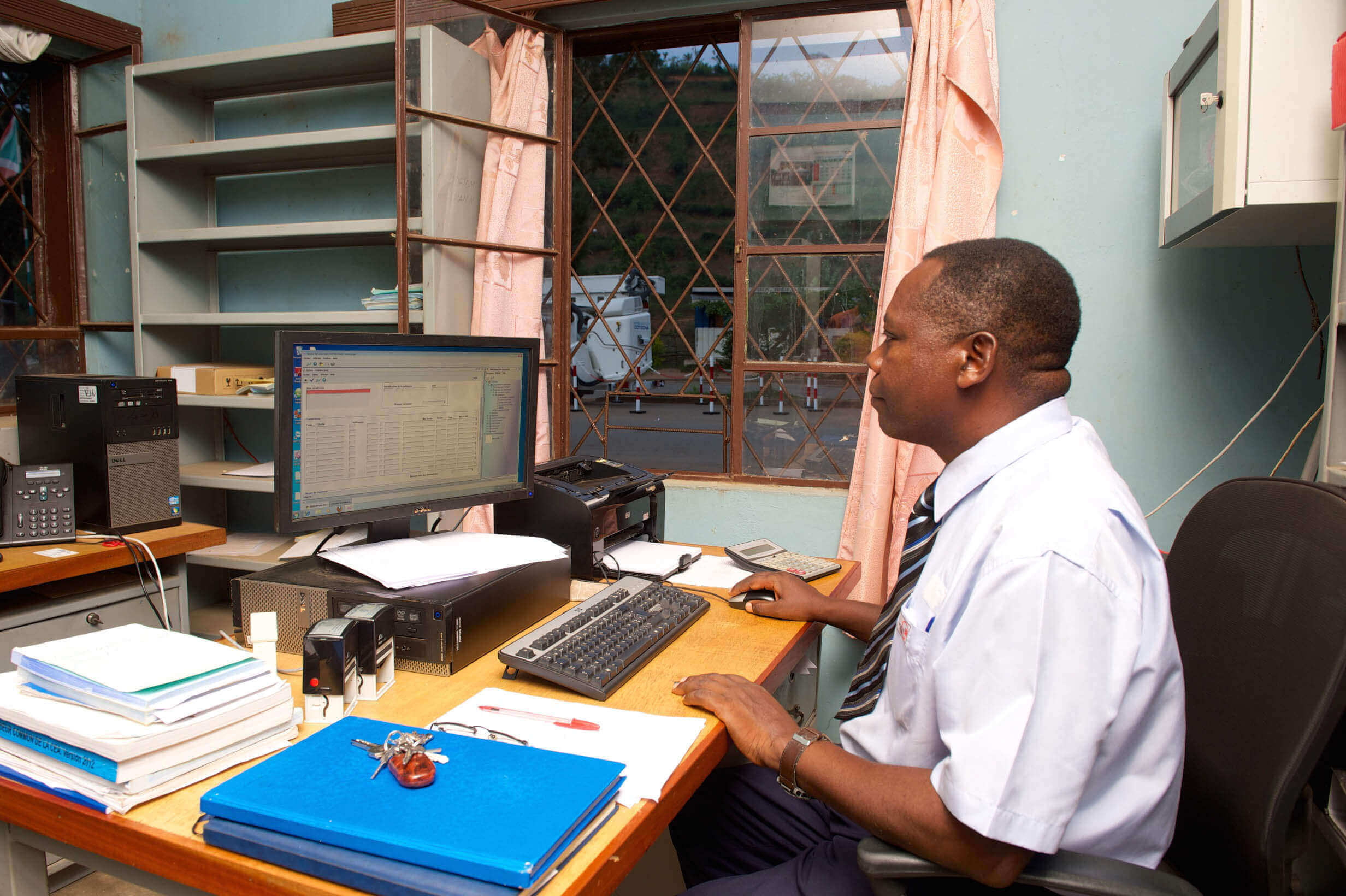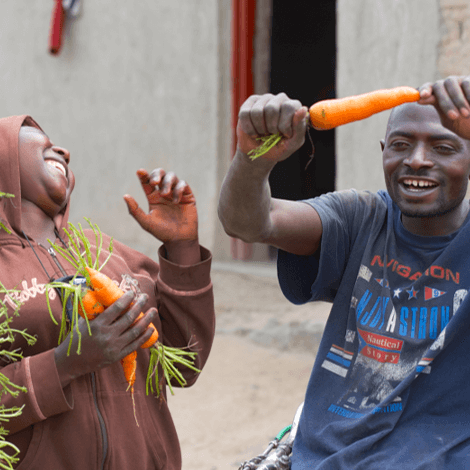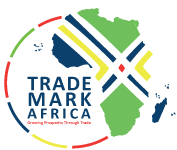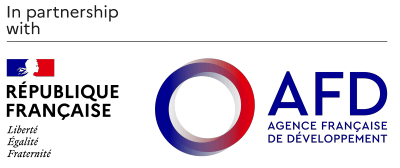[vc_row][vc_column][custom_inner_menus select_menu="project"][/vc_column][/vc_row][vc_row][vc_column][single_project_block_1 heading="Mombasa port infrastructure works" implementor="Kenya Ports Authority (KPA)" target_group="Kenya Ports Authority, Kenya National Highways Authority, Kenya Urban Roads Authority, PSOs and CSOs, Importers and Exporters, Freight forwarders" project_value="US$ 45,509,504.19" implementation_period="2013 - 2018" download_btn_text="Download Project PDF" download_btn_link="#url"]The Port of Mombasa has over the years recorded significant growth in traffic volumes. This high growth has put a strain on existing port infrastructure, necessitating costly investments to improve operations and service delivery. Despite the efforts by Kenya Ports Authority (KPA) to expand capacity and improve efficiency in cargo handling, the port still faces capacity constraints and service delivery challenges. These include low labour productivity, poor cargo off take by rail and road, cargo clearance delays, lack of full automation, operational wastages and poor resource utilization. These are compounded by changing ship technology; poor urban planning around the port; a changing legal and policy environment; corruption occurring along the Northern Corridor. What: TMA and KPA have agreed on a programme of activities to provide KPA with additional capacity to handle increasing demand which include: Legal and Regulatory Revision; Port-wide Productivity Improvement; Infrastructure and Facilities Improvement; Preliminary analysis of the Mombasa Dry Port Initiative; Supporting KPA’s communications with all key stakeholders, decision-makers and communities; Mitigation and adaptation to climate impacts at the Port. Efficient implementation of national and regional NTB mechanisms How: TMA’s support to KPA is delivered through financial aid and technical support. Contact: James Ngángá, Email: [email protected] Click here to learn more about One Stop Border Posts Program[/single_project_block_1][/vc_column][/vc_row][vc_row el_id="desired-result"][vc_column][single_project_block_2 heading="Desired Results"...
Mombasa port infrastructure works
Posted on: September 16, 2014
Posted on: September 16, 2014
